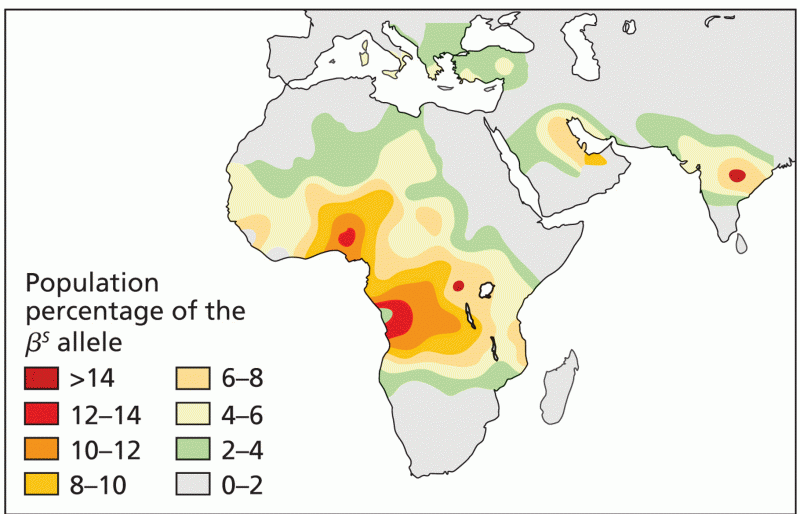- Grade 11 and 12 Mathematics (Moderator: geoffrey)
|
|
|
- Grade 11 and 12 Mathematics (Moderator: geoffrey)
The first documented use of surgical anesthesia in the United States was in Connecticut in 1844.
There are over 65,000 known species of protozoa. About 10,000 species are parasitic.
Nearly 31 million adults in America have a total cholesterol level that is more than 240 mg per dL.
Chronic necrotizing aspergillosis has a slowly progressive process that, unlike invasive aspergillosis, does not spread to other organ systems or the blood vessels. It most often affects middle-aged and elderly individuals, spreading to surrounding tissue in the lungs. The disease often does not respond to conventionally successful treatments, and requires individualized therapies in order to keep it from becoming life-threatening.
The heart is located in the center of the chest, with part of it tipped slightly so that it taps against the left side of the chest.







